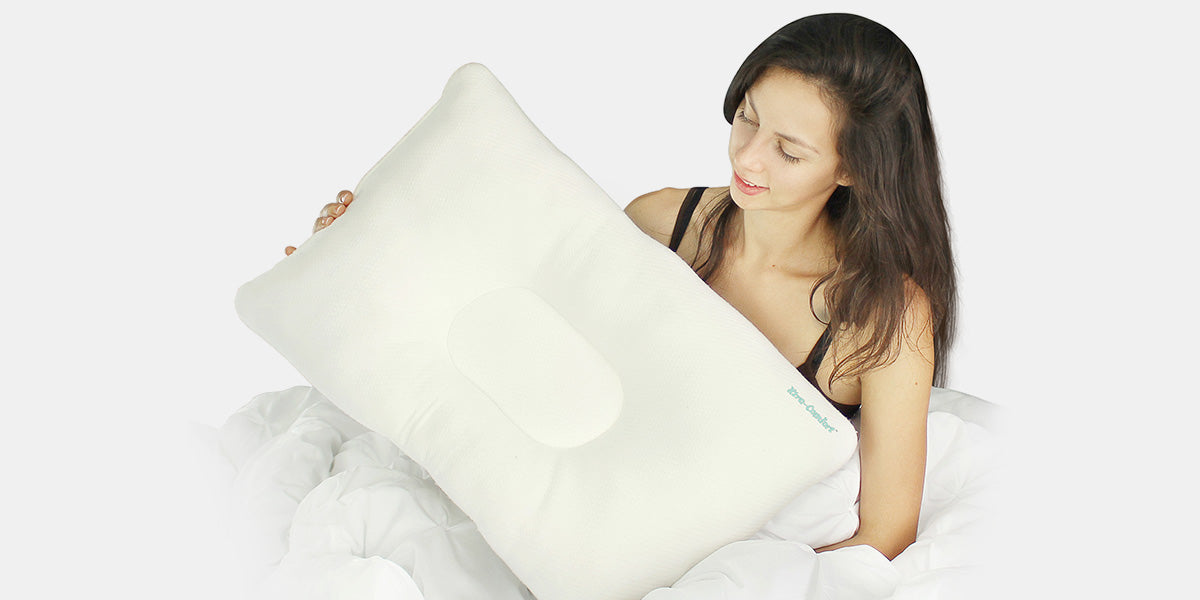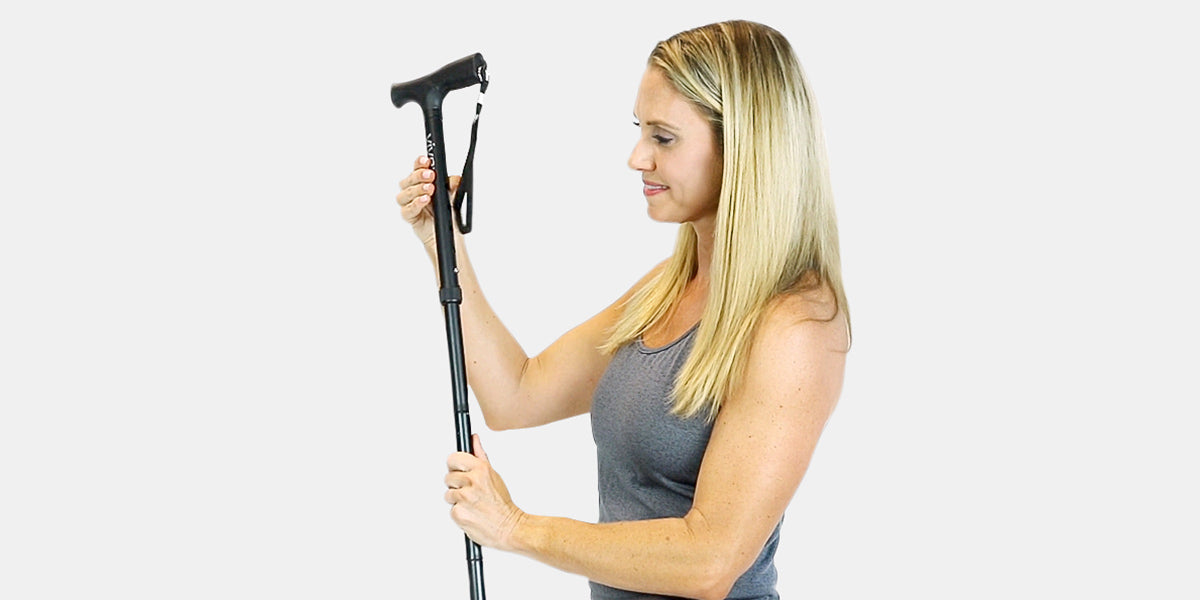SAD (Seasonal Affective Disorder) is a form of seasonal depression. If you notice you feel depressed during the winter months, but your symptoms go away in spring or summer, you may have SAD. An estimated four to six percent of people have winter depression, while an additional ten to twenty percent have mild SAD symptoms. Read on to learn more about seasonal affective disorder, and discover how you can treat symptoms at home.
What Is Seasonal Affective Disorder?
SAD disorder is a type of depression that is related to the seasons of the year. Typically, symptoms appear in fall or winter and begin to lift once daylight hours increase. For most people with seasonal affective disorder, summer can’t come soon enough!
Some people have a reverse form of SAD—they experience depression in the spring and summer months, which gradually lifts as fall arrives. Summertime SAD affects just ten percent of all SAD sufferers. This form of SAD may be more common in countries nearer the equator, although experts are not sure why this is.
Seasonal Affective Disorder Causes and Risk Factors
The exact cause of seasonal affective disorder is not known, although several factors are likely to play a role in its onset. Causes and risk factors include:
- With SAD, light levels play a major role. Low levels of sunlight during the winter months may interfere with the body’s internal clock—or circadian rhythm—which causes symptoms of depression.
- Chemical changes in the body. A reduction in exposure to natural light means that serotonin levels drop, which could trigger depression. Serotonin is a neurotransmitter that affects mood.
- Women are four times more likely to develop SAD.
- Seasonal affective disorder typically affects adults aged 20 and older. Less commonly, children, teenagers, and older adults experience SAD.
- Geographical location. Winter SAD is more prevalent in northern regions. People in Washington State, for example, are seven times more likely to have it than those in Florida. Summer SAD is more common the further south you go.
- Personal or family history of depression. If you have another form of depression, such as major depressive disorder or bipolar disorder, you are more likely to experience worsening symptoms in winter.
SAD Symptoms
Seasonal affective disorder symptoms tend to appear in late fall or early winter and disappear or lessen in spring and summer. Those with summertime SAD will notice the opposite—they will have worse symptoms in spring and summer. Sometimes, symptoms get progressively worse as the season goes on.
Symptoms of wintertime SAD include:
- Feeling depressed for most of the day, almost every day
- Loss of interest in activities once enjoyed
- Feeling hopeless or worthless
- Feeling agitated or irritable
- Low energy and fatigue
- Sleep difficulties, usually oversleeping
- Craving carbohydrate-rich or sugary foods
- Weight gain
- Difficulty concentrating
- Avoiding social situations
- Thinking of death or suicide
Seasonal Affective Disorder and Bipolar Disorder
Some people with bipolar disorder may notice their symptoms become worse in spring and summer as they experience periods of mania or hypomania. During the fall and winter, they may feel more depressed.
SAD Diagnosis
If you’re worried you may have seasonal affective disorder, contact your doctor or a mental health professional.
Seasonal Affective Disorder Quiz
This quick quiz may help you decide if it’s time to see your doctor. If one or more of the following apply to you, you may have SAD:
- I get the “winter blues", with symptoms lasting for two weeks or more.
- I crave breads, sweets, and other carbohydrate-rich foods during winter.
- I often oversleep and feel tired during the winter months.
- I don’t feel depressed during the summer months.
- I typically gain weight during fall and winter.
While the above quiz can be helpful, you will still need to see your doctor to determine if you have SAD. To make a seasonal affective disorder diagnosis, your doctor will perform a physical examination. They may also ask you questions about your physical health to find out if your depression symptoms stem from some other medical issue.
Other seasonal affective disorder tests include a complete blood count to check your thyroid function and other health markers, and a psychological evaluation.
During the psychological evaluation, your doctor or psychiatrist will ask about your symptoms, thoughts, feelings, and behaviors. They will likely check these against the criteria laid out in the American Psychiatric Association’s Diagnostic and Statistical Manual of Mental Disorders (DSM-5).
Seasonal Affective Disorder Treatment
Many people find that symptoms of seasonal depression ease when they take steps to manage their condition. Below, we list some of the best SAD treatments for you to try.
Always work with your doctor to find the best treatment plan for your needs. This is especially important for people with bipolar disorder as light therapy and antidepressants can trigger mania or hypomania.
SAD Lamp
Using a seasonal affective disorder lamp is a form of light therapy, or phototherapy. It is one of the first-line treatments for SAD and is very effective for most people who experience wintertime depression.
To benefit from light therapy, simply place a special light box close to you during the morning hours. This mimics natural outdoor light and affects chemicals in the brain to reduce feelings of depression. You can buy a light box online or in some health stores. Be sure to talk to your doctor before using one.
In addition to using a light box, try to let more natural light into your home by opening the blinds and curtains, and trimming trees that may be blocking the sun.
Get Enough Sleep
Aim to get between seven and nine hours sleep each night to offset some of the effects of depression, particularly lethargy and fatigue. There’s a fine line between getting too much and too little sleep, however, as oversleeping contributes to depression.

A cervical pillow is the perfect way to ensure a good night's sleep. ( See Product )
People with summertime SAD often suffer from insomnia. To combat this, stick to a sleep routine and make your bed as comfortable as possible. Where necessary, use sleep aids such a a cervical pillow.
Supplements for Seasonal Affective Disorder
Supplementation is one of the best natural remedies for seasonal affective disorder. Vitamin D, for example, is a fantastic vitamin for seasonal affective disorder.
Other good nutritional supplements include omega-3 fatty acids, found in fish, and 5-HTP, the precursor to serotonin. Melatonin supplementation may also reduce symptoms of wintertime depression.
Always talk to your doctor before taking supplements, especially if you also take other medications.
Exercise Outdoors
Get outdoors as much as possible to soak up any natural light you can. Try to go for a walk, hike, or run during peak daylight hours. Even outdoor light on overcast days is better than no light at all.

Try these insoles to keep your feet supported during your daily walk or run. ( See Product )
Regular exercise relieves symptoms of depression, stress, and anxiety. If you’re worried about injury while exercising, use supports such as knee straps and plantar insoles
Relaxation Techniques
Stress can make depression worse. Learn to manage yours by reducing stressors and practicing relaxation techniques. Some of the best techniques to de-stress include:
- Art therapy
- Deep breathing
- Guided imagery
- Meditation
- Music therapy
- Tai chi
- Yoga
Other ways to reduce stress include eating a balanced diet and getting regular exercise.
Take a Trip

A folding offers plenty of support you can take anywhere. ( See Product )
If possible, travel to a sunny climate during the winter months. Those with summertime SAD should visit colder locations to reduce their symptoms. If the thought of traveling long distances seems daunting, use travel aids to make your journey more comfortable and your new destination more accessible.

Don't forget to bring an inflatable cushion, to stay comfortable on all your travels. ( See Product )
We recommend items like a folding walking cane to navigate airports, and an inflatable cushion for a more luxurious airplane trip.
SAD Medication
For some people with seasonal affective disorder, medication provides relief. If your symptoms are moderate or severe, ask your doctor if an antidepressant would work for you. Your doctor may recommend that you take an antidepressant before symptoms typically begin each year. It may take several weeks before you notice their effects.

Keep all your medications organized and accounted for with a handy pill organizer. ( See Product )
Avoid missing a dose and stay on top of your medication intake using a pill organizer. These portable kits make staying on top of your medication schedule a breeze
Therapy for SAD
Psychotherapy is another popular treatment option for all forms of depression. Cognitive behavioral therapy, in particular, can be of benefit to people with seasonal affective disorder.
This therapy aims to identify negative thoughts so that you can replace them with more positive ones. The belief is that changing thoughts can change emotions and behavior. A therapist can also help you find healthy ways of coping with stress and depression.
Complications of Seasonal Affective Disorder
Left untreated, SAD and other types of depression can lead to serious problems. Some of the complications of seasonal depression include:
- Anxiety
- Drug or alcohol abuse
- Eating disorders
- Problems at school or work
- Social isolation
- Suicide or thoughts of suicide
Seeking prompt treatment can help you avoid these complications and allow you to enjoy a good quality of life.
Living with Seasonal Affective Disorder
SAD can affect your mood, behavior, and overall well-being. Although there is no easy seasonal affective disorder cure, many treatments can help you manage this condition and lead a normal life. To combat seasonal affective disorder, consider light therapy, psychotherapy, supplements, and relaxation techniques. Where possible, travel to another climate for a short break so that you can enjoy the sun!
Sources:
https://www.aafp.org/afp/2000/0301/p1531.html







Leave a comment